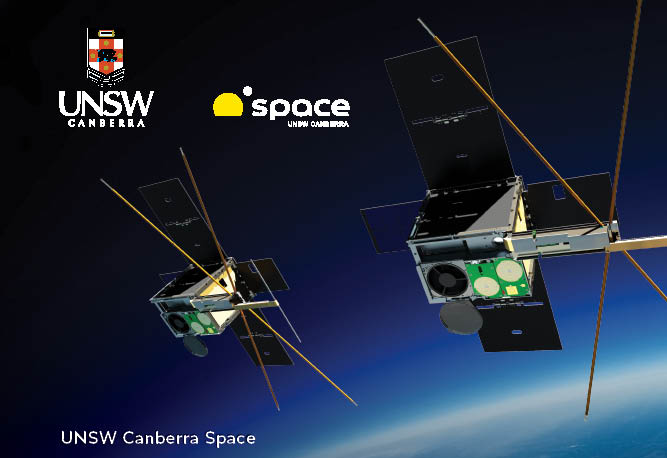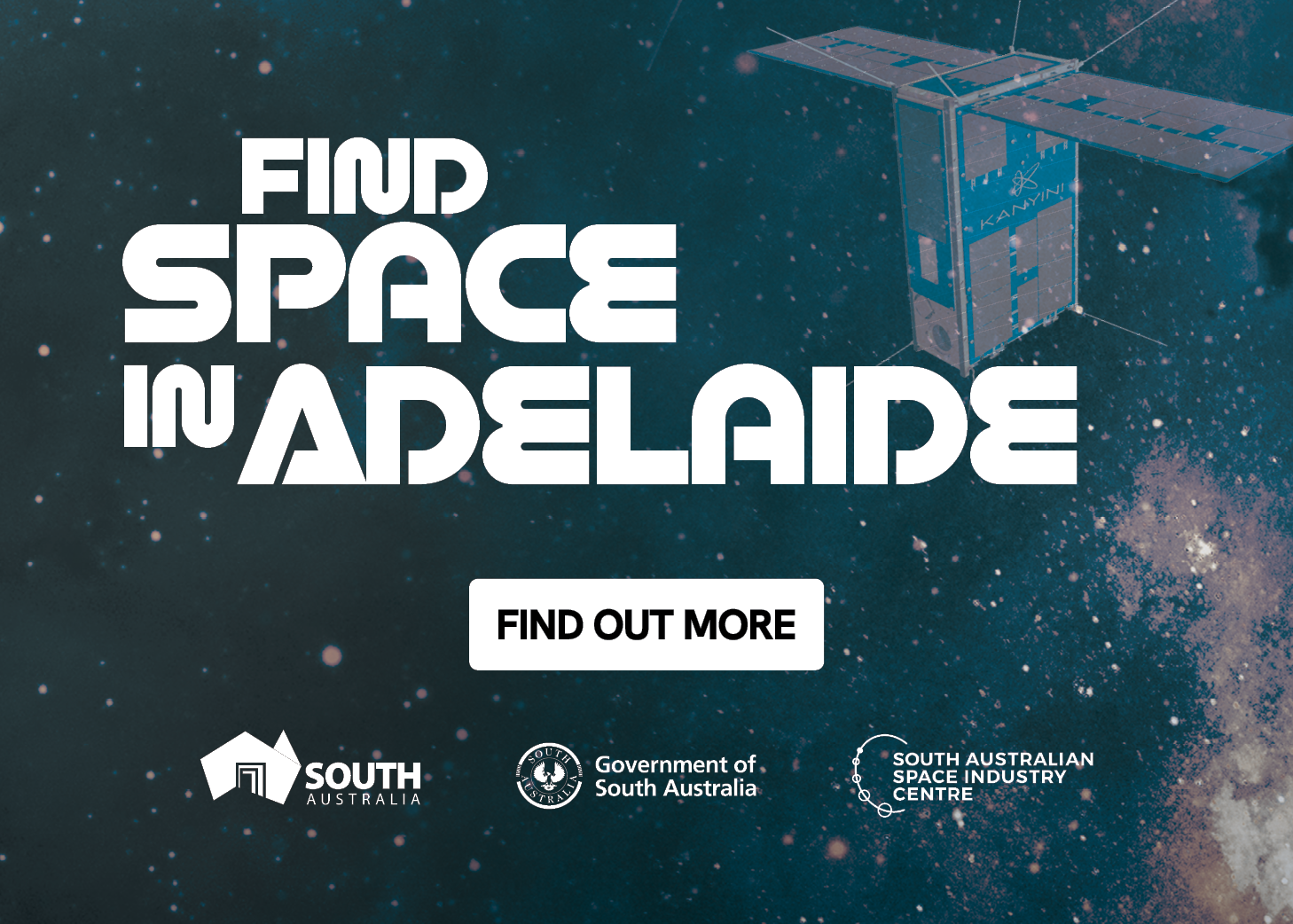Turning modest investment into a pool of talent and trusted expertise needed for Australia’s space journey
Space is hard. That’s why if Australia is to grow from a kiddy in the space sandpit to an adult in the space domain, it’s so important to embrace the truth and “do space”, not just read about it. With modest investment by the Royal Australian Air Force (RAAF) and UNSW Canberra, and parallel attitudes of “fly fast, learn quickly from failure, fly again”, “playing catch-up to the rest of the world is necessary but not sufficient, disruptive innovation is a must” and “do it all with the utmost professionalism”, UNSW Canberra Space has established itself in recent years as a key part of Australia’s space growth journey.
What’s been going on?
Let’s take the space missions as an example. After an early setback with its failed M1 maritime surveillance cubesat mission – the awful but important moment that forced us to reach outside the sandpit – UNSW Canberra Space has successfully developed, tested, flown and operated three home-grown satellites in collaboration with RAAF. The pair of large cubesats launched in March 2021 and known jointly as M2, are now kicking goal after goal in what is arguably the most complex miniaturised-satellite mission ever attempted. Bearing witness to the achievement, in the recent induction of the cubesat standard into the US’ Space Technology Hall of Fame, an image of M2 was displayed on the big screen with the comment “this is where cubesats have gotten to”.
M2’s two spacecraft perform formation-flying as a team with the assistance of Low Earth Orbit aerodynamics, and our ability to understand and control them in this way has been used to great effect in Australia’s contribution to international Space Domain Awareness capability growth, including via the regular US-led military/civilian Sprint Advanced Concept Training (SACT) effort. Each satellite is equipped with a variety of eyes and ears for Intelligence, Surveillance and Reconnaissance (ISR) demonstrations, are fully software-reconfigurable, and are able to communicate between them. Recent successes have included Australia’s first high-resolution (3m ground resolution) remote sensing images of the Earth, and successful collection and transmittion of commercial aviation Automatic Dependent Surveillance–Broadcast (ADS-B) identification beacons to ground. Of particular, disruptive importance, the mission includes and has demonstrated in-orbit artificial-intelligence-at-the-edge. Putting these capabilities together, M2 is stepping Australia towards niche leadership in intelligent, networked space systems that can develop and deliver actionable information to ground, preserving data security and circumventing telemetry bandwidth challenges.
At the same time, made possible by the space mission experience, UNSW Canberra Space operates to great effect the Australian National Concurrent Design Facility (ANCDF). The software engine that underpins it, derived from the French Space Agency and further developed by UNSW Canberra Space, enables best practice concurrent engineering design and analyses to be performed to develop detailed space mission and architecture concepts and test their technical, schedule and budget feasibility against requirements. Studies to date have included the work that underpinned the Office of National Intelligence’s NICSAT program, and the studies of the proposed Satellite Cross-Calibration Radiometer (SCR), Aquawatch and Ozfuel hyperspectral missions that proved pivotal in the Australian Space Agency’s new funding for the National Space Mission for Earth Observation series.
The result?
It’s because we tackle the hard things, dare to fail, learn fast, think entrepreneurially and outside the box, embrace risk, go after disruption, yet do it all with a systems approach and apply professional standards to everything we do – and because we don’t just play in the safety of the lab or the classroom but stretch ourselves with rapid-development innovation-focussed space missions – that our team has developed excellence in space skills and expertise. Many of the team have now stepped out and are taking that excellence with great impact into the space sector across Australia – we have become a proven talent pipeline – and three exciting spin-off companies have launched from us (Skykraft, Infinity Avionics, Nominal Systems). We are uniquely positioned to turn our accumulated experience and lessons learned into the best tertiary and professional education to help raise and sustain a skilled Defence space workforce. Finally, we are now the go-to for trusted expert advice, in particular assisting the Australian government with mission assurance elements as it steps up as the anchor customer for the space industry.
The take home message
This has been achieved for an average investment of just $5M per year over recent years into building an outfit that, while housed at a university, thinks and acts commercially and has set the pace for professionalism for Australia’s young space industry. By tackling the hard challenges and “doing” space, the capability represented by UNSW Canberra Space has become an industry- and workforce-building, yet above-the-line national asset, for both Defence Space Command and the Australian Space Agency (and indeed, whole of government).













